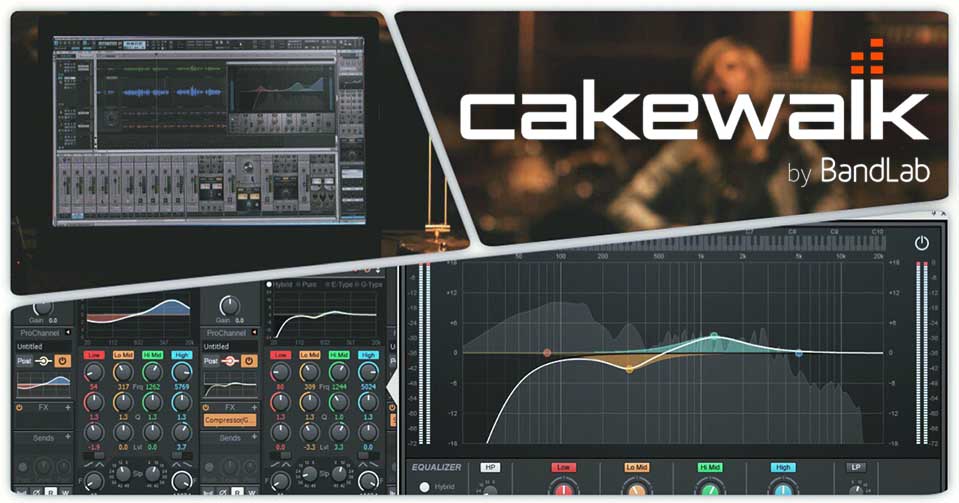


Next, designate the different parts of your song by creating Sections. It’s best to widen your track for easier editing too. To start, open the Arranger Inspector and track simultaneously by clicking the Show/Hide Arranger button. The demo was created using the free Modern Lo-Fi Pack, which can be downloaded from BandLab Sounds. In this tutorial, we’ll show you how to create new arrangements from an existing demo song. A song’s structure is defined via Arranger tracks, with arrangements created via the Arranger Inspector. READ MORE: How to create polyrhythmic drum patterns on BandLab.Since the introduction of its Arranger features, however, Cakewalk By BandLab now gives you the tools to quickly and easily rearrange sections of a song and experiment with structures in a non-destructive way. While ripple-editing helped speed up the process, arranging was still a time-consuming endeavour. The only way to move sections of a song was to copy and paste. In previous versions of Cakewalk, trying different project arrangements could be cumbersome.


 0 kommentar(er)
0 kommentar(er)
